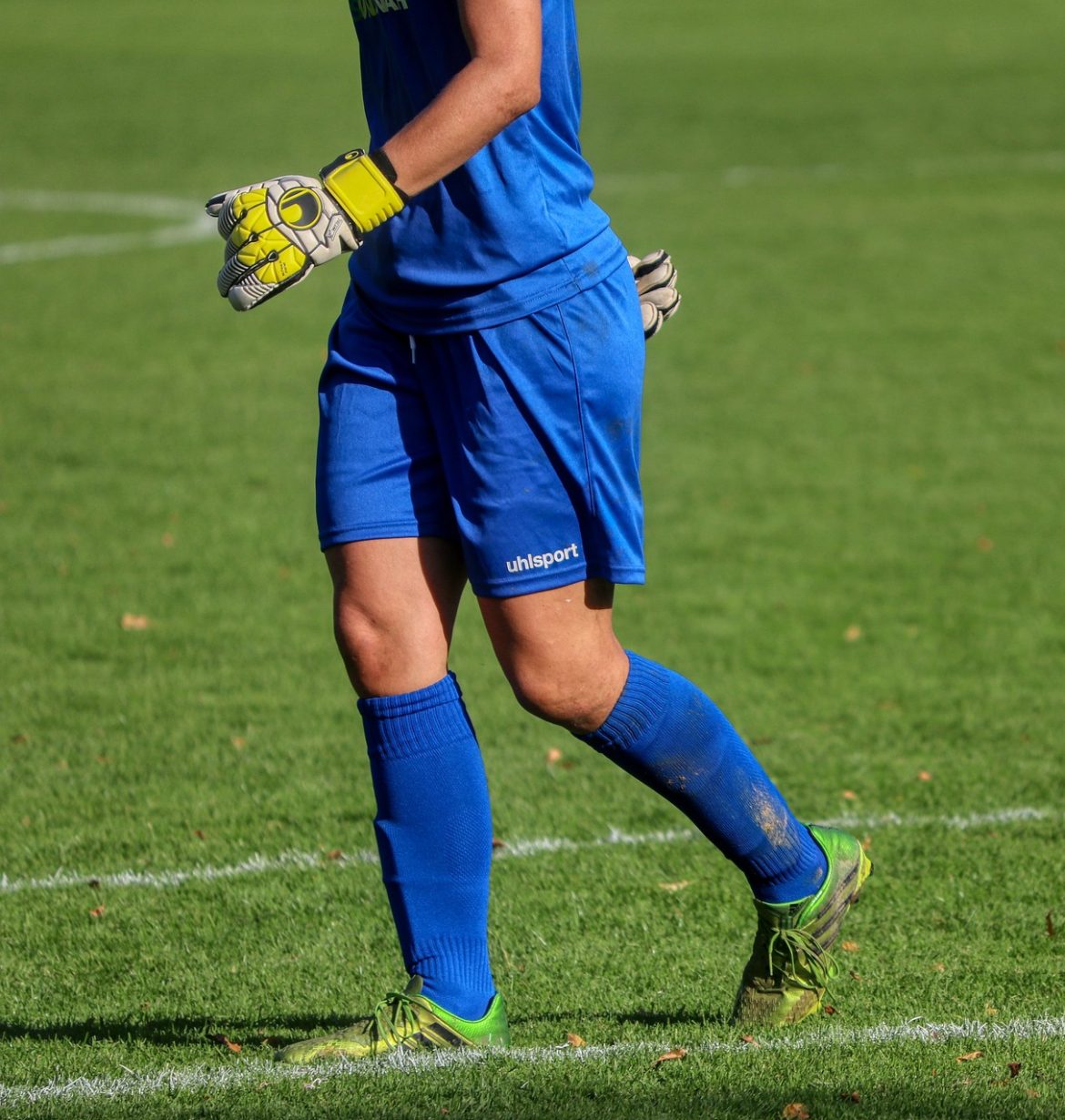If you are a goalkeeper, you know how crucial it is to have good speed and agility skills. You need to be able to move your body quickly and efficiently in different directions and speeds, and change your shape or form to make successful saves. But with so many challenges involved, such as pressure, space, time, and movement, how do you improve your speed and agility skills for soccer? Here are some tips and recommendations to help you out.
What are Speed and Agility Skills?
Speed and agility skills are the abilities to accelerate, decelerate, and change direction with a combination of speed, strength, coordination, and balance. They are essential for any soccer player, but especially for goalkeepers who have to cover a large area of the goal and react to different types of shots. Speed and agility skills can be divided into two categories: linear speed and agility skills and lateral speed and agility skills.
• Linear speed and agility skills: These are the skills that allow you to move your body in a straight line forward or backward. They include running, sprinting, stopping, starting, and changing pace. Linear speed and agility skills help you to move quickly and efficiently across the goal line, close down angles, and make saves.
• Lateral speed and agility skills: These are the skills that allow you to move your body sideways or diagonally. They include shuffling, sliding, cutting, turning, and pivoting. Lateral speed and agility skills help you to position yourself correctly and efficiently on the goal line, adjust your angle and distance, and make saves.
How to Improve Your Speed and Agility Skills
To improve your speed and agility skills, you need to practice regularly and deliberately. Here are some tips on how to practice your speed and agility skills:
• Work on your technique: The first step is to work on your technique and master the basics of linear speed and agility skills and lateral speed and agility skills. You should practice with different parts of your body, such as your feet, legs, hips, torso, arms, and head. You should also practice with different types of balls and surfaces. You should focus on your accuracy, speed, and consistency.
• Work on your decision-making: The next step is to work on your decision-making and awareness of the game situation. You should practice with different scenarios and variables, such as pressure, space, time, and movement. You should also practice with different teammates and opponents. You should focus on your vision, anticipation, and creativity.
• Work on your fitness: The final step is to work on your fitness and endurance. You should practice with high intensity and frequency. You should also practice with different drills and exercises that challenge your physical and mental abilities. You should focus on your agility, balance, and coordination.
How to Apply Your Speed and Agility Skills
To apply your speed and agility skills in a game situation, you need to follow some general principles and guidelines. Here are some tips on how to apply your speed and agility skills:
• Know your role: Depending on your position and formation on the field, you may have different responsibilities and expectations when it comes to speed and agility skills. For example, a goalkeeper may have to use their speed and agility skills to make saves or distribute the ball. A sweeper-keeper may have to use their speed and agility skills to control the tempo or create chances. You should know your role and adapt your speed accordingly.
• Know your options: Before you move or play the ball with your speed or agility skills, you should scan the field and identify your options. You should look for teammates who are open or making runs. You should also look for opponents who are marking or pressing you. You should weigh the pros and cons of each option and choose the best one based on the game situation.
• Know your outcome: After you move or play the ball with your speed or agility skills, you should follow up and anticipate the outcome. You should look for feedback from your teammates or coaches. You should also look for opportunities to support or continue the play. You should learn from your mistakes and successes and adjust your speed accordingly.
Conclusion
Speed and agility skills are vital for goalkeepers in soccer that require technique, decision-making, and fitness. To improve these skills, you need to practice regularly and deliberately with different drills and exercises that challenge your abilities. You also need to apply these skills in a game situation with different principles and guidelines that suit your role and situation.
